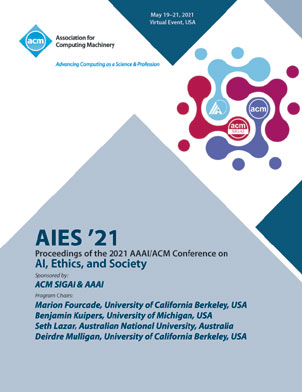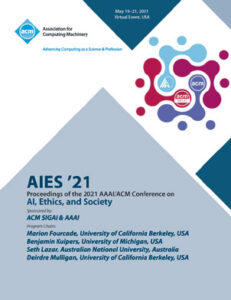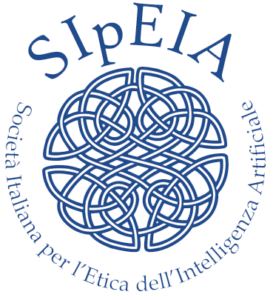Synthetic media detection technologies label media as either synthetic or non-synthetic and are increasingly used by journalists, web platforms, and the general public to identify misinformation and other forms of problematic content. As both well-resourced organizations and the non-technical general public generate more sophisticated synthetic media, the capacity for purveyors of problematic content to adapt induces a detection dilemma : as detection practices become more accessible, they become more easily circumvented. This paper describes how a multistakeholder cohort from academia, technology platforms, media entities, and civil society organizations active in synthetic media detection and its socio-technical implications evaluates the detection dilemma. Specifically, we offer an assessment of detection contexts and adversary capacities sourced from the broader, global AI and media integrity community concerned with mitigating the spread of harmful synthetic media. A collection of personas illustrates the intersection between unsophisticated and highly-resourced sponsors of misinformation in the context of their technical capacities. This work concludes that there is no “best” approach to navigating the detector dilemma, but derives a set of implications from multistakeholder input to better inform detection process decisions and policies, in practice.



